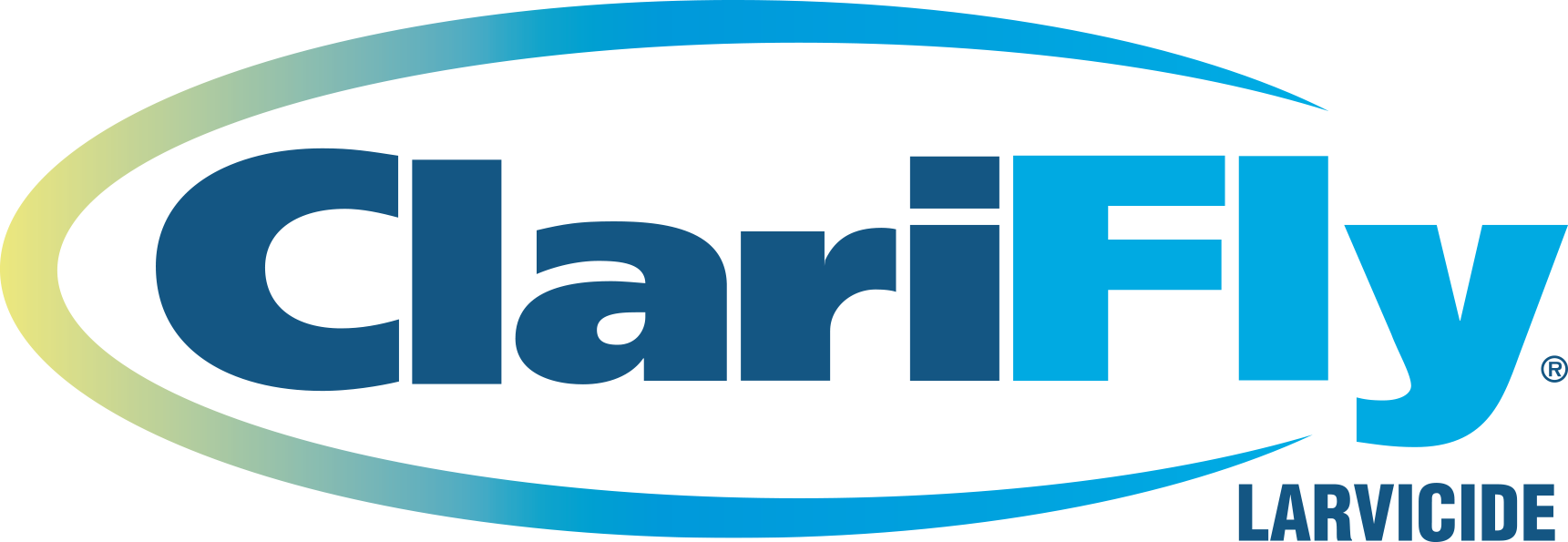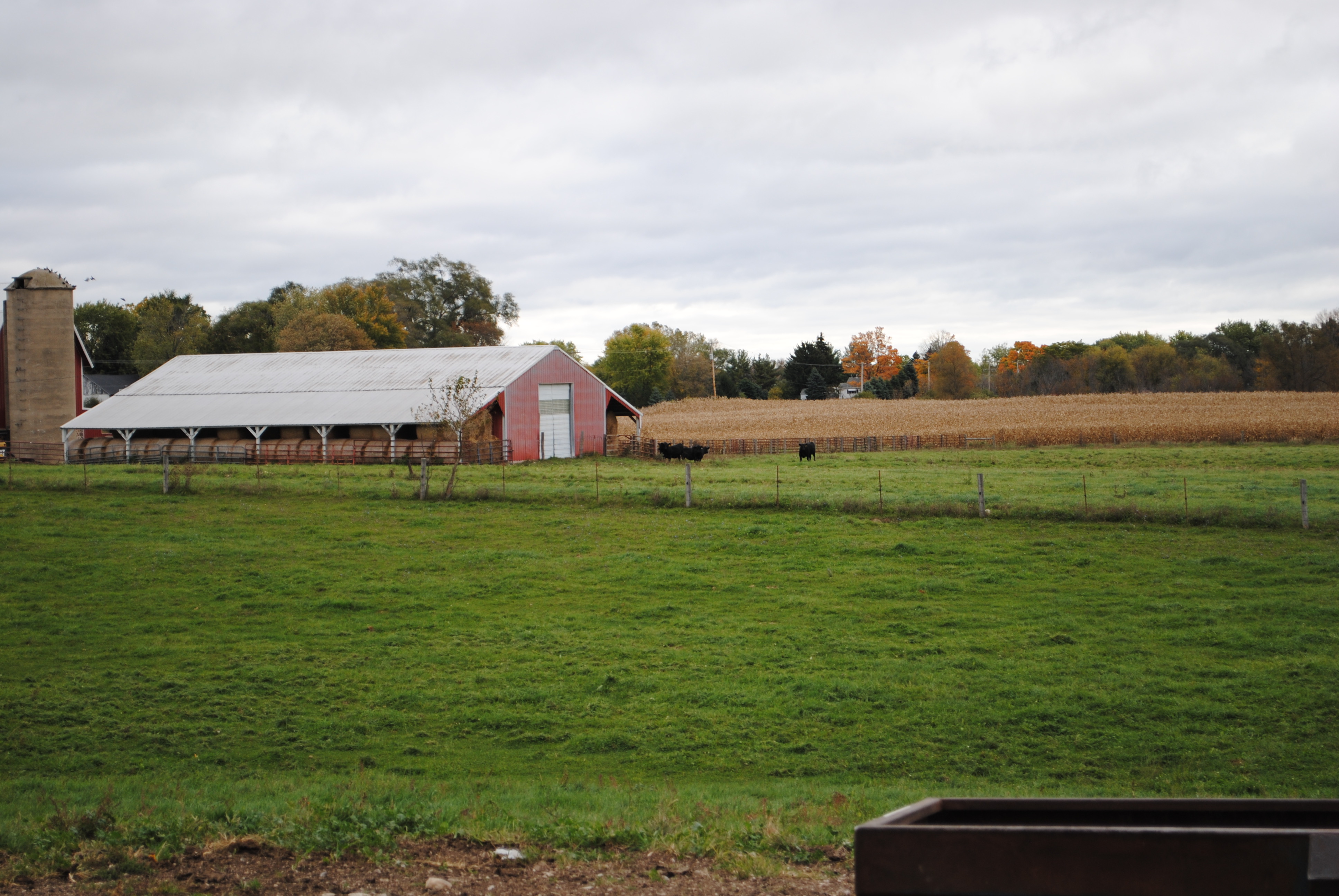Common Fly Control Problems and their Solutions
Fly control on a dairy operation can feel like an overwhelming task. There are a number of different areas that need to be treated and maintained to protect your animals, employees, and bottom line. From proper sanitation practices to learning the different fly behaviors at every level of an operation, our team has created a list of the most common fly control problems and their tailored solutions so that you can protect your operation from disease-spreading fly populations.
Problem: Flies in calf hutches
Solution: Manure management
Proper manure management will go a long way in the fight against flies in calf hutches. As the primary food source and breeding site for flies, improperly managed manure can cause fly populations to increase in a hurry. House flies, stable flies, face flies, and horn flies develop in and emerge from the manure of livestock, where flies lay their eggs. To control fly populations, manure management must be consistent and timely within an integrated pest management (IPM) program.
Problem: Flies resting in ceilings, attics & rafters
Solution: Sticky fly traps
After feeding, flies have a tendency to rest up high in the cooler regions of barns, stables, and other out buildings. This is where products like Starbar® sticky traps come in handy. Hang your sticky traps high in the rafters, joists or angled ceiling of your barn, out of reach of people and livestock.
Problem: Flies mating on walls, fences & corrals
Solution: Odor & pheromone traps
In between feeding and resting, flies use the high levels of walls, fences and corrals to breed. It’s important to catch them before they move on to lay their eggs in the manure around your dairy. Odor and pheromone traps have the power to lure flies away from your livestock and provide quick and effective control. Products including the Starbar® Captivator® Fly Trap comes complete with a water-soluble attractant pouch that flies can’t resist. For best results, hang these traps along fence lines or near calf hutches. Short walls and shelves in barns, stables, and other out buildings are also ideal spots for these odor and pheromone traps.
Problem: Flies feeding on floors, ledges, gates & off the ground
Solution: Regular sanitation
After resting up high, flies come near the ground level to begin feeding. House flies feed freely on human food, fresh animal waste and rotting garbage. Be sure to clean these food sources regularly and start implementing fly bait and traps for complete control.
Problem: Flies living on-animal, pasture, crops, standing water & structures
Solution: ClariFly® Larvicide
When a fly infestation hits a dairy, populations will quickly spread throughout the property. From barns to pasture, and even applications directly to your herd— a successful fly control plan relies on treating all of these areas. To hit flies directly where they develop and drastically reduce fly populations, use a feed-through fly control product like ClariFly® Larvicide. Unlike conventional insecticides that attack the nervous system of insects, ClariFly® Larvicide works by interrupting the fly’s life cycle, rather than through direct toxicity. When mixed into cattle feed, ClariFly® Larvicide passes through the digestive system and into the manure. To extend control to the whole herd, use a feed-through product for your calves as well— reducing fly populations around calf hutches. Using ClariFly® Add-Pack in whole milk or milk replacer helps increase calf comfort and decrease the spread of disease.



